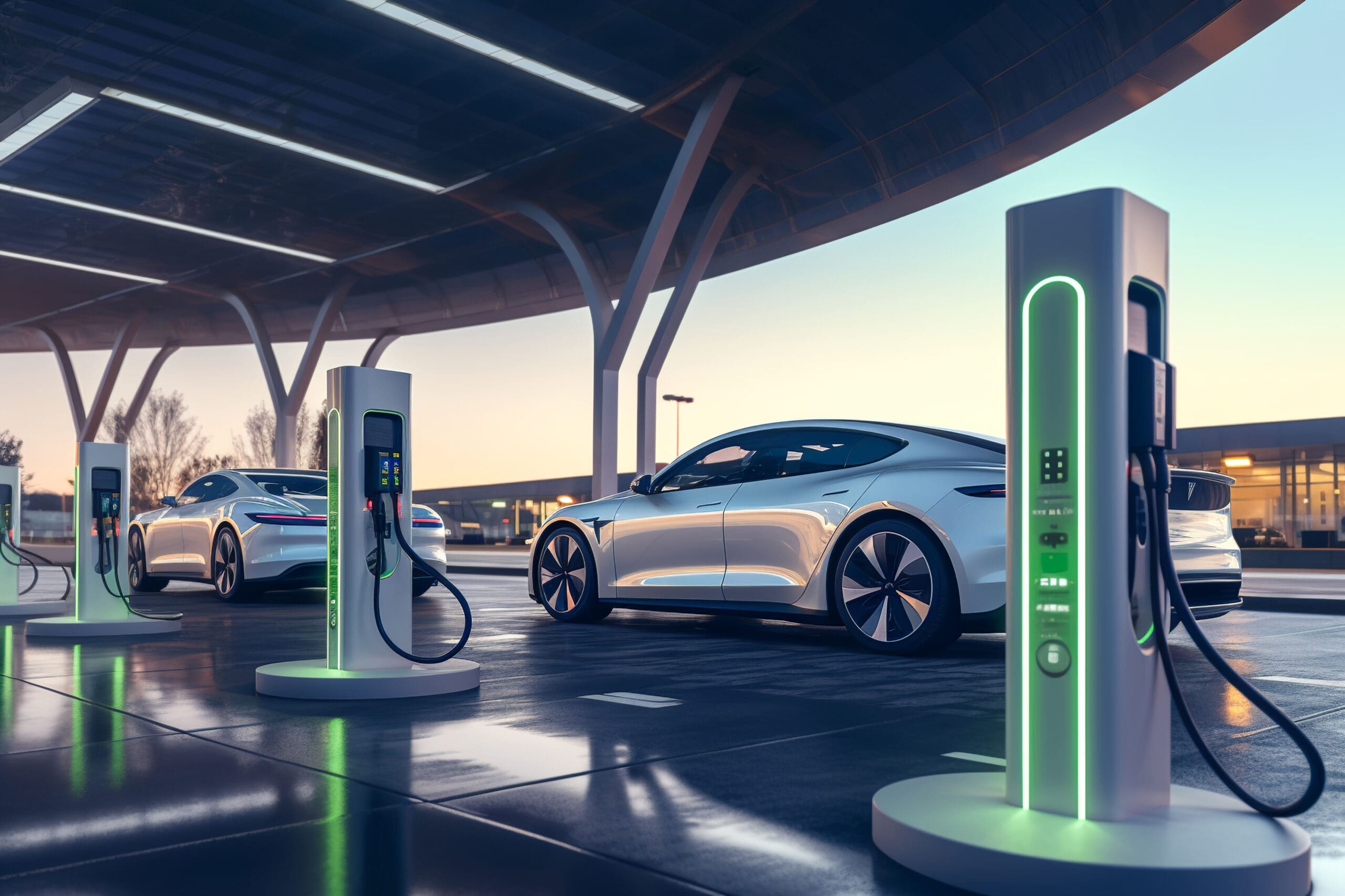By Frank S. Washington
DETROIT, MI – The 2010 Mercury Milan Hybrid is impressive.
My test vehicle caught a bunch of eyes simply because of its black metallic paint job. A couple of guys even stopped, spotting it parked at a meter, and commented to each other that it was a “good looking car.”
That doesn’t happen all that often, even here in the stronghold of domestic automakers. After all, Mercury is not known as a beacon of style. Still, this particular Mercury Milan did look good.
Besides the really slick paint job, my test vehicle had a rear spoiler and 17-inch aluminum wheels. But it was not the exterior attributes that made the Milan Hybrid special. In an overused phrase, it was what was under the hood as well as under the back seat that made the Milan special.
The Milan was powered by a 2.5-liter four cylinder engine that made 156 horsepower and 136 pound-feet of torque. It was mated to a continuously variable transmission. But the gas saver was the electric motor rated at 106 horsepower. The power package produced a net 191 horsepower.
But don’t get it twisted. The Mercury Milan, which is a five passenger family sedan, is most fuel efficient when it is driven with some sensibility. While following someone who was trying to be on time for a radio interview, there was a bunch of lane switching, pedal to the metal acceleration and some maneuvers that I wouldn’t try in a Porsche.
I couldn’t thus I didn’t try to keep up. During this thankfully brief episode, the 2010 Mercury Milan burned more fuel that I would have expected. That was on a Sunday. By the time the car was picked up on Friday, I had barely edged under a half a tank of fuel.
During my week-long test drive, I found the Mercury Milan Hybrid to be road worthy when driven sensibly. Quick acceleration was not its strong suit. It really was a family sedan. It cornered well, the suspension was firm but the car felt a little heavy going over sharp bumps in the road. That’s the case with most hybrid sedan that carry the extra weight of the electric motor and the batteries which are usually housed under the rear seat.
The front-wheel-drive Mercury Milan Hybrid weighed 3,729 lbs. It had an EPA rating at 41 mpg in the city and 36 mpg on the highway. The reversal of fuel efficiency is because hybrids are especially effective at saving fuel in city driving.
Full hybrids shut off during stops and the electric motor kicks in to assist the gasoline engine during acceleration. The Mercury Milan can operate up to a certain speed using just its electric motor. The driver information says EV mode is enabled only under 47 mph.
Geared for engine shut off when stopped, obviously, the Mercury Milan Hybrid was best at saving fuel in stop and go traffic and stop and go traffic is prevalent right here in the Motor City as well as any metropolitan area.
When I first got in the car, the computer readout displayed a range of almost 600 miles. As the price of gasoline climbs so should Mercury Milan Hybrid sales.
Anyway, most manufacturers load up their hybrids with options to try and offset the price of batteries, electronic motor/s and other technology necessary to keep a hybrid rolling. And it was no different with the Mercury Milan Hybrid.
My test vehicle had a sunroof, blind spot detection, rear view video camera, heated front seats and a navigation system. The SYNC system had a blue tooth which could and I did connect connected intuitively. In other words, I didn’t have to pull out the manual.
With all its creature comforts, my Mercury Milan Hybrid was priced at $33,735.
Frank S. Washington is managing partner/editor of AboutThatCar.com and AboutThatCar.blogspot.com



